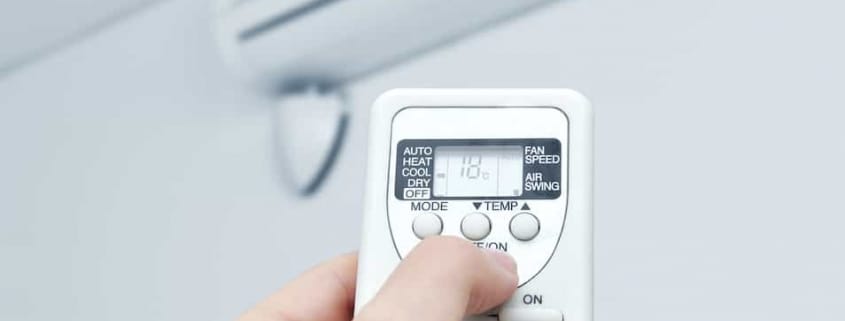Air Conditioner Blowing Warm Air? Here’s What To Do
During a hot summer, you expect your AC to obey your chosen settings and thermostat levels down to the last letter. Unfortunately, you may find the AC blowing hot air, the cause of which may be as simple as a broken or dirty filter, or as worrisome as an aged compressor. While you are waiting for a maintenance check by professionals, it is worthwhile to know some of the reasons why such a thing happens.
Dirty filters or filters needing replacement
If you find your Aircon not cold then the air filters are either dirty or need changing. AC filters are the first things that stand in the way of unwanted elements like dust and bacteria. If they don’t function properly, proper airflow gets hampered, and this can hinder the cooling process. It may also result in a noisy system and even cause health issues like allergies or asthma.
Cleaning the filters is luckily a DIY job. You need to locate the filter panels by taking out the front grille on the inside unit. You may then use a vacuum to suck up the visible dust and/or wash the air filter in a detergent powder and lukewarm water solution, and finally set the filter to dry in the shade. If this doesn’t work, your filter may need replacement, for which you should call your maintenance professional
Dirty or blocked condenser coils
Dusty or dirty condenser coils can be the culprits if your Air conditioner blowing warm air. For this, you should first try cleaning any leaves or debris that may have gathered around the outdoor unit. Experts recommend that condenser coils be cleaned annually. You should also keep plants and leaves away from the unit to get optimum airflow.
A damaged compressor
Despite you having set a proper thermostat temperature, you may find your Air conditioning not cold. This means that it is not working optimally. Reduced airflow and very little cool air from your vents is an indicator of some problem. If after running the basic air conditioning maintenance checks on filters and condenser coils you find nothing amiss, it could be a bigger problem like a faulty compressor, which requires immediate expert intervention and you must call Air conditioning repairs company. A malfunctioning compressor can have a serious impact on cooling.
Improper thermostat use
Most AC units come with two thermostat settings, ‘on’ and ‘auto’. When in ‘auto’ mode, the indoor fan may get turned off if the unit senses that it has nearly attained the set point. This behaviour is similar to its behaviour in heating mode. To avoid this, you should use the cooling mode, which will keep the indoor fan running for circulating the air, thus enabling better indoor temperature maintenance.
The ideal temperature setting during the summer months should be between 24 and 26 degrees Celsius. Trying to set a lower temperature may cause overcooling and thus, increased electricity consumption. Research shows that each one-degree rise of the thermostat setting stands to save you around 10% on energy expenses.
As a closing note, it is worth mentioning that many modern ACs come with a ‘smart’ thermostat, which relies on Wi-Fi-enabled sensors to automatically sense external heat and humidity conditions. It then adjusts the temperature depending on your usage pattern.


